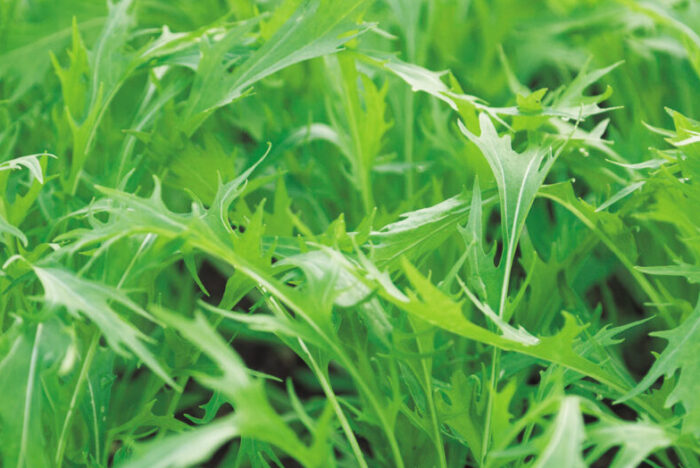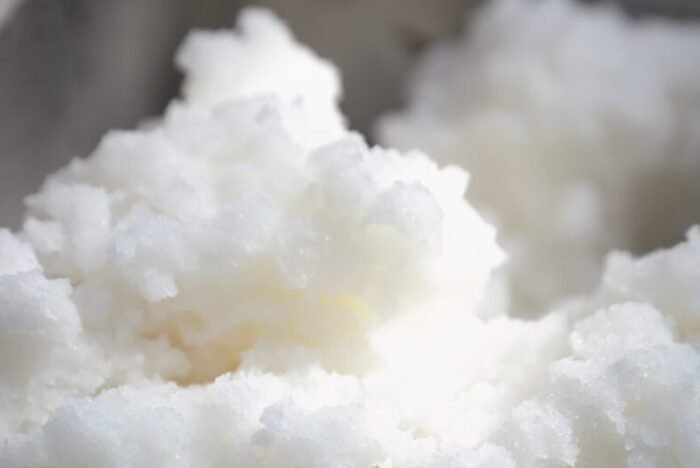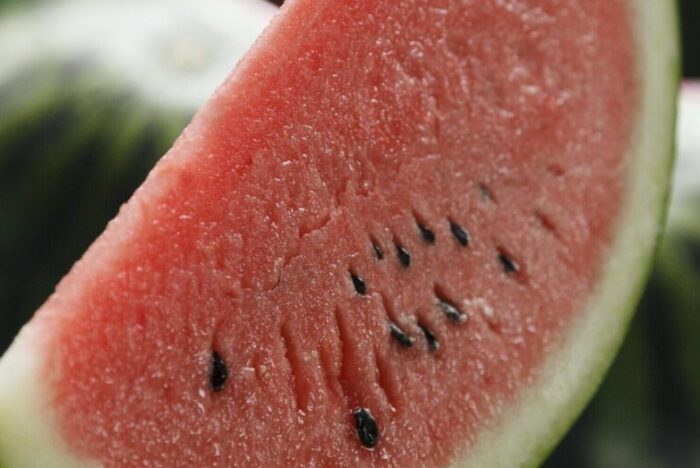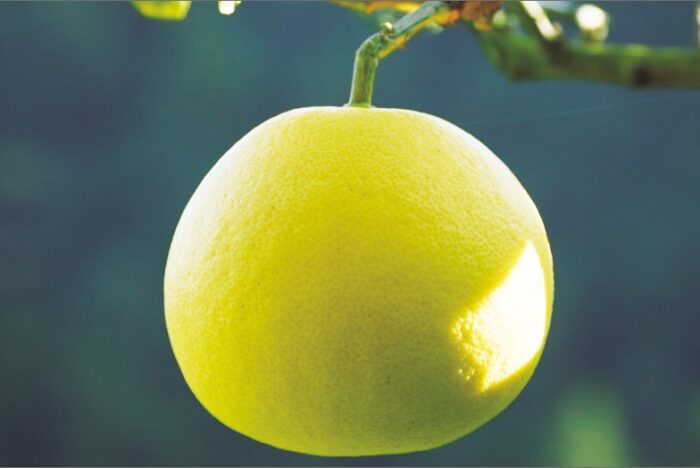JAPAN[Hokkaido]
Japanese Ingredients for the World’s Top Kitchens#44
Flavor Out Draws Process Curing Intensive-Labor RAUSU KONBU
2024.09.05
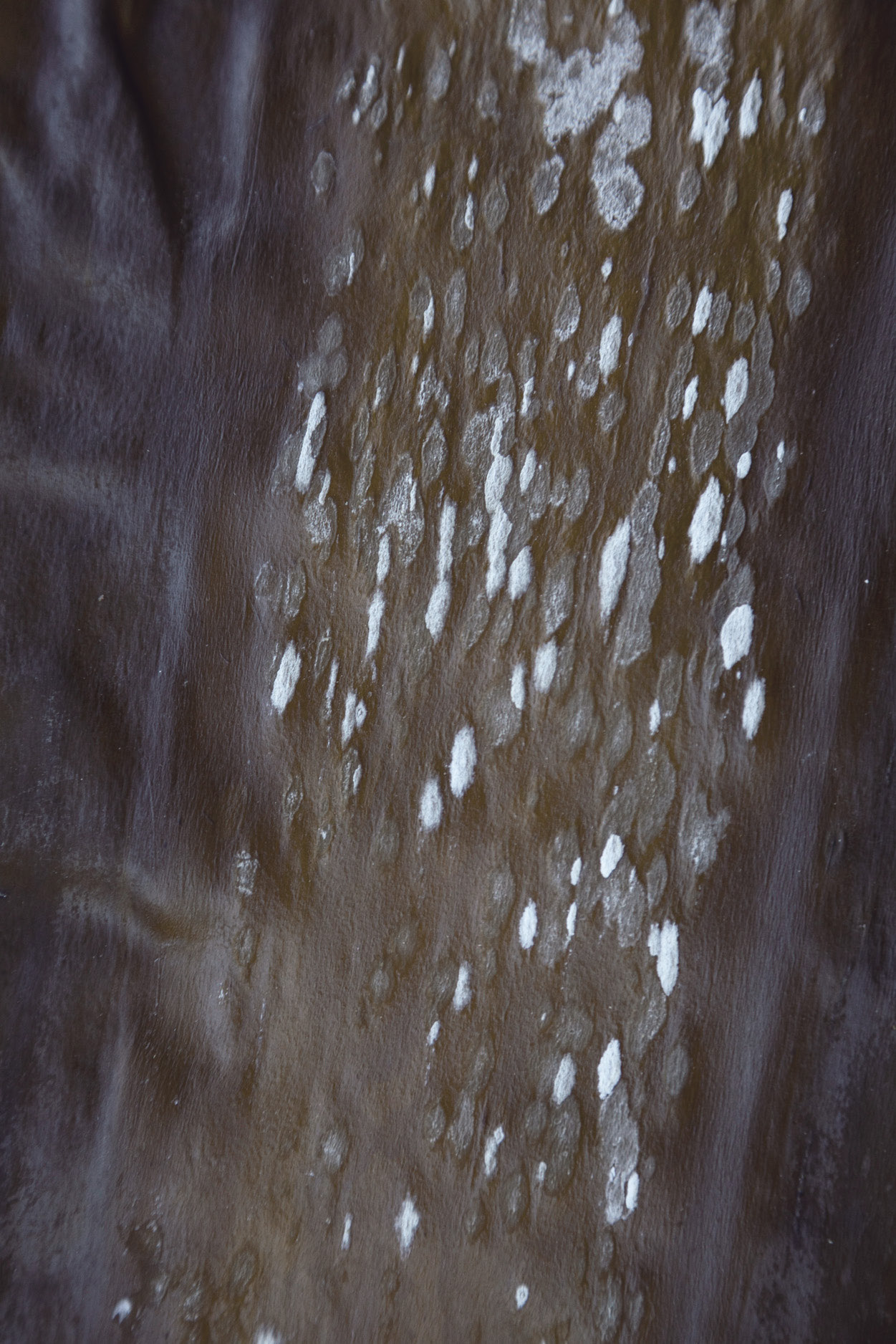
Though the times are always changing, there are certain timeless ingredients from Japan that will never go out of style. Yukio Hattori, president of Hattori Nutrition College in Tokyo, introduces unique labors of love—items grown and produced with care and integrity by hardworking suppliers across the country.
連載:未来に届けたい日本の食材
Cited by UNESCO as “one of the richest integrated ecosystems in the world,” Shiretoko lies in the northeast of Hokkaido, Japan’s northernmost main island. The peninsula is also known for the premium kelp harvested each July and August in Rausu, on its south side. Grown in the nutrient-rich water of the Sea of Okhotsk, Rausu kombu is high in glutamates, bringing a depth of sweetness and umami savoriness to stocks and foods made with it.
Much of that flavor is owed to the hands-on, 23-step curing process, we learned from Kazuaki Ida, who represents the local industry. His tips? “Never wipe off the white powder. That’s crystallized umami—it’s where all the flavor is.” Also, “Wild kombu is best for dashi. Cultivated fronds are softer, and better suited to eating in simmered dishes. Use kombu as a wrap to cure fish, or slip a piece under a block of tofu. You’ll be amazed at the taste.”
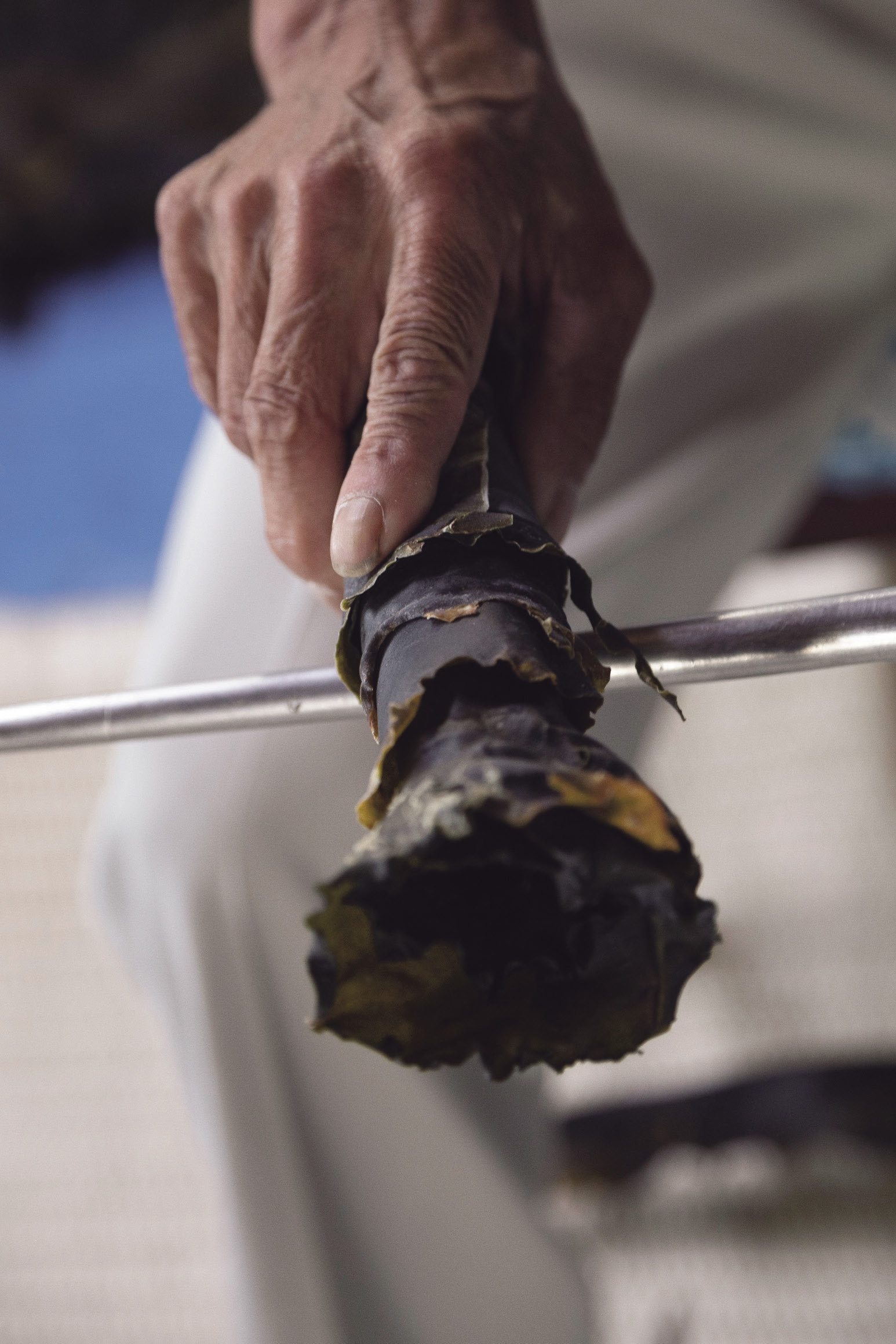
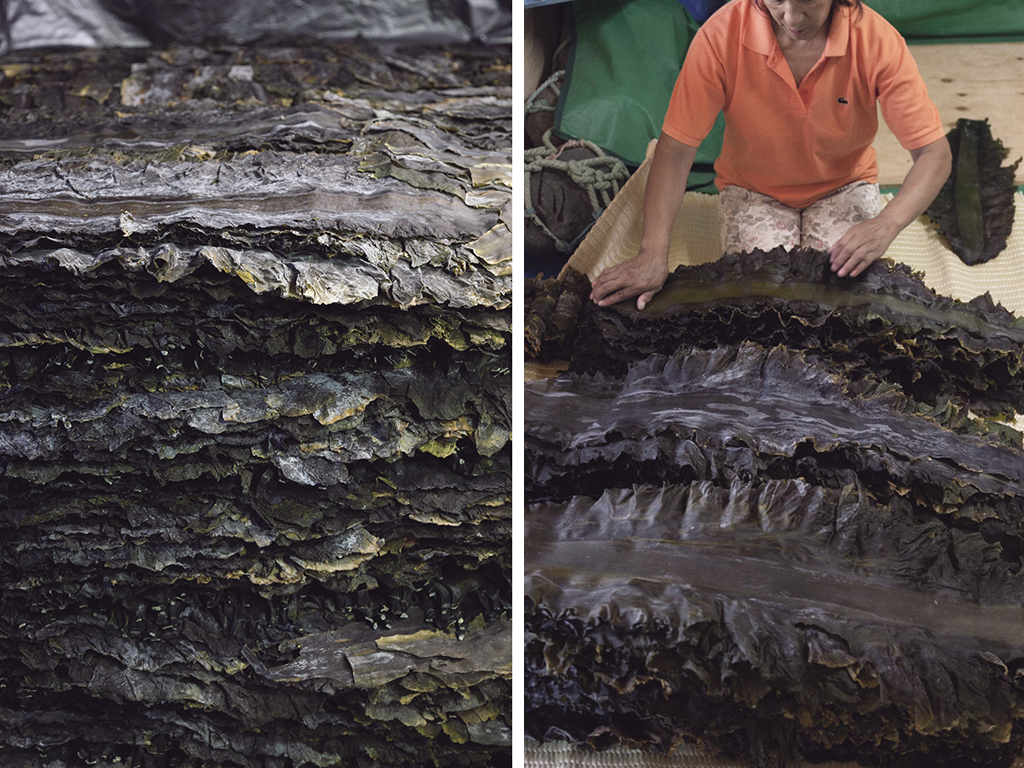
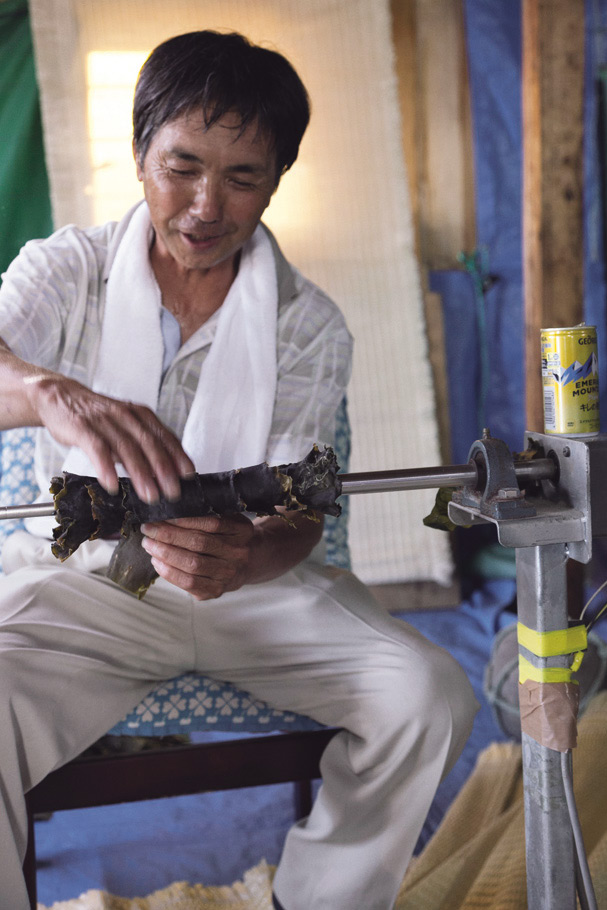
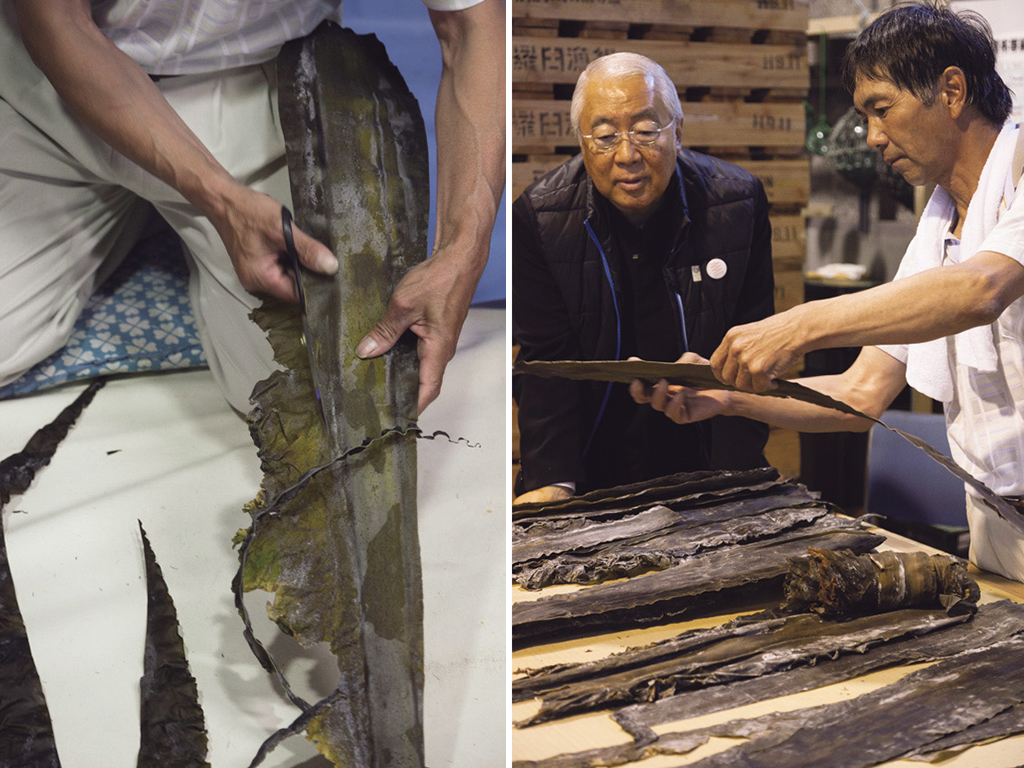
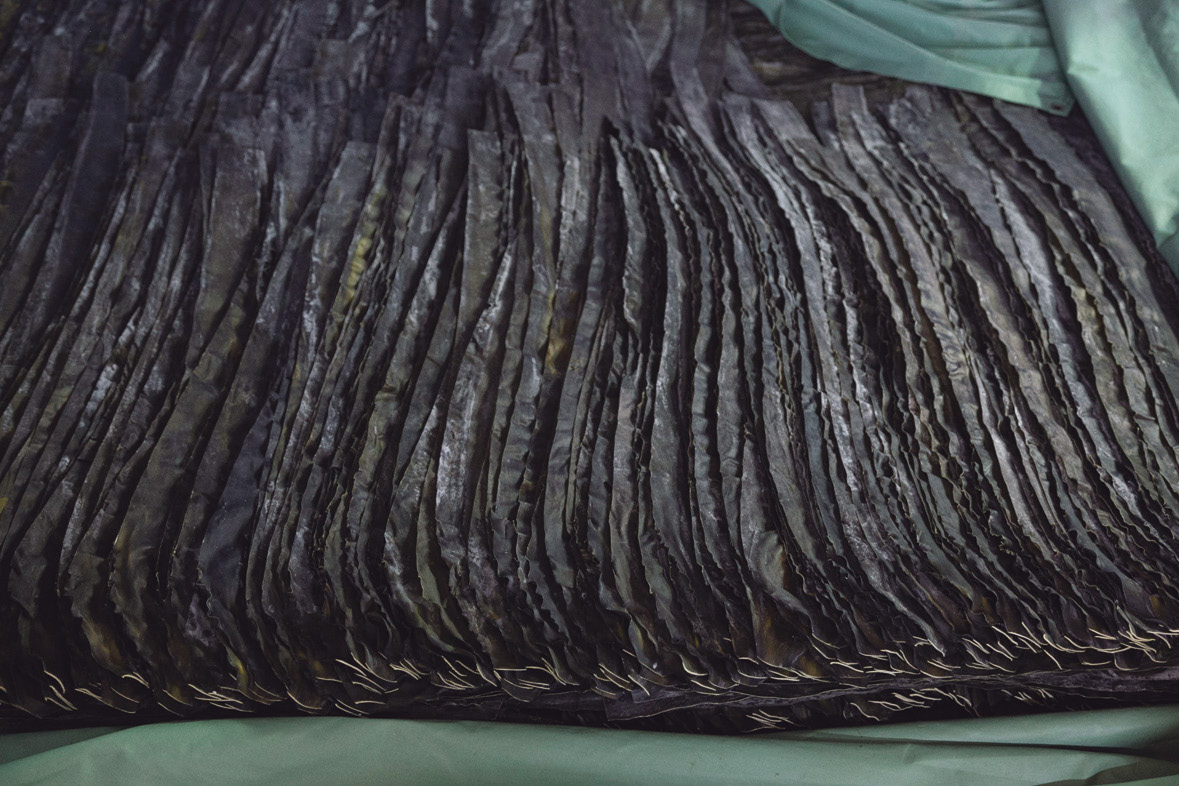

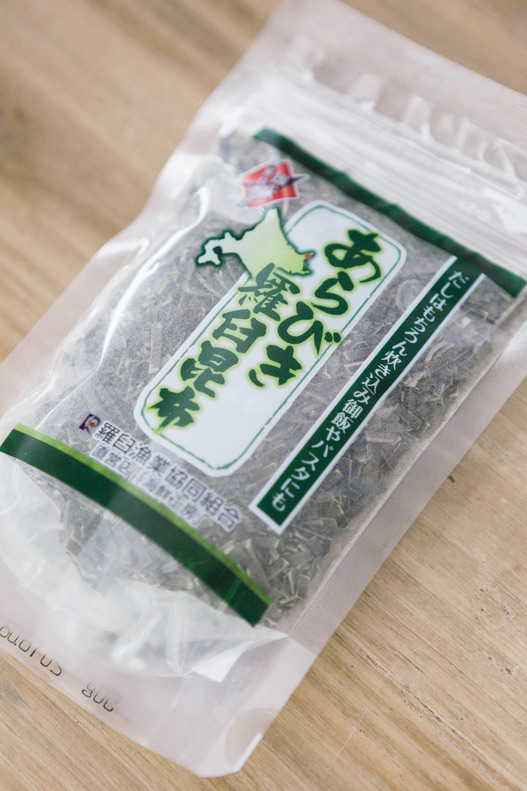
◎Rausu Fisheries Cooperative Association (Kaisen Kobo)
361 Honcho, Rausu-cho Menashi-gun Hokkaido
☎ 0120-530-370 in
www.jf-rausu.jp
(The Cuisine Magazine / November 2014)
Online store


